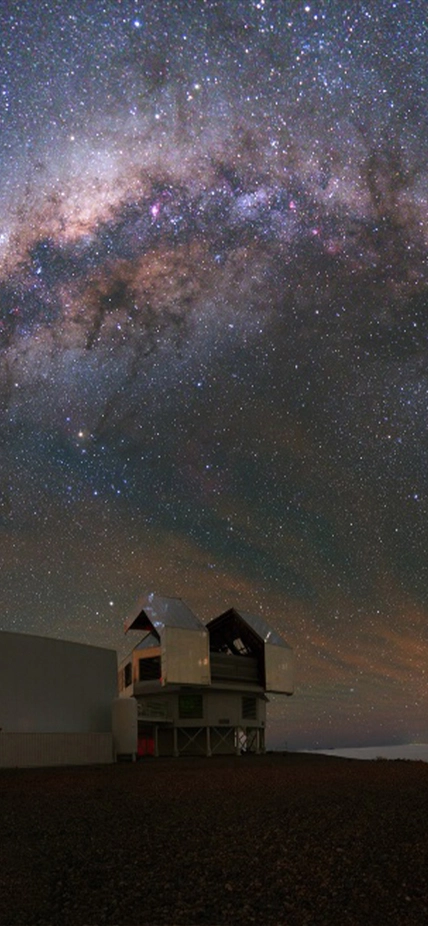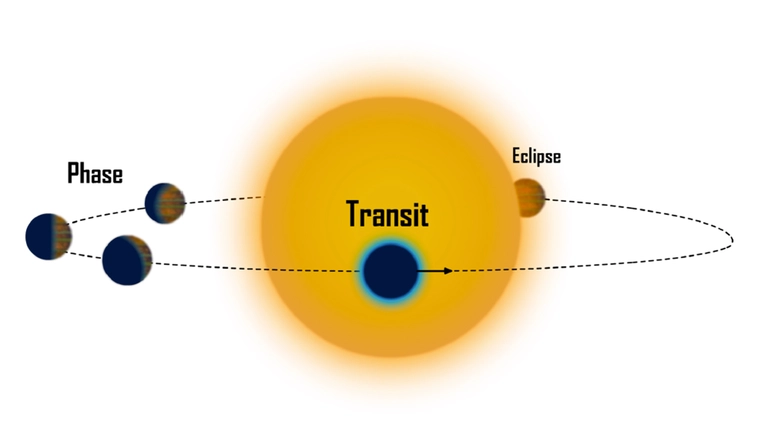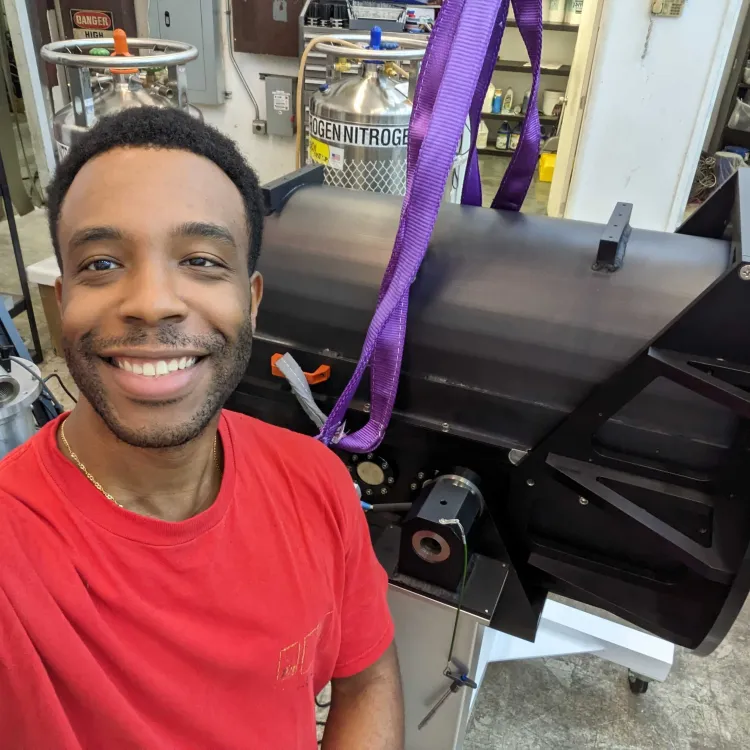Henrietta Infrared Spectrograph

Unveiling the Atmospheres of Distant Worlds
Once completed and installed on the Swope telescope at Carnegie Science's Las Campanas Observatory in Chile, Henrietta will expand our understanding of planets beyond our Solar System by detecting their atmospheres. This infrared instrument is named in honor of the esteemed astronomer Henrietta Hill Swope, who studied variable stars called Cepheids, which have a fixed relationship between their luminosity and their period, enabling astronomers to use them as distance calibrators.

Revolutionizing Exoplanetary Atmosphere Research
Exoplanets—planets orbiting stars outside our Solar System—are being discovered at an unprecedented pace, with nearly 6,000 identified so far. Yet, our knowledge of these distant worlds remains limited primarily to their sizes and masses. This only gives us a coarse categorization of a planet, and often doesn't completely characterize a planet (consider the differences between Earth and Venus, for example). The study of an exoplanet's atmosphere, however, reveals far more detail. It allows us to examine conditions on an exoplanet far beyond what is available by mass and radius alone, such as temperature, weather patterns, wind conditions, and even the potential composition—whether it's nitrogen-based like Earth's or something entirely different.
Henrietta is designed to be the first ground-based spectrograph specifically designed to study exoplanet atmospheres in the near-infrared, where our eyes can't see. This wavelength ranges gives us critical insights into the chemical composition and physical processes that occur in exoplanet atmospheres. Using state-of-the-art optical diffuser technology, Henrietta will scan the atmospheres of these distant planets by observing the subtle dimming of starlight as a planet passes in front of its host star. If the exoplanet has an atmosphere surrounding it, the molecules contained within absorb infrared light. The color of infrared light absorbed gives us clues to what molecules are within the atmosphere. Henrietta wide wavelength coverage will allow it to detect the presence of molecules such as water, method, carbon monoxide, ammonia, and plenty that have yet to be discovered!

In the figure above, you can see that the planet's “blue” atmosphere is back lit by the host star, which allows us to observe it. Although the planet would be functionally invisible from Earth, this effect could be detected using Henrietta.

A Leap in Technological Innovation
Henrietta's innovative design will make it the premiere instrument for atmospheric studies in use on any ground-based telescope. By enabling high-precision measurements, Henrietta is expected to achieve in one year what has taken astronomers a decade—cataloging the atmospheres of 50 exoplanets. This instrument not only promises to revolutionize our understanding of planetary atmospheres, but will also serve as a prototype for the upcoming MIRMOS instrument, which will set new standards in observational astronomy when it's completed and placed on the 6.5-meter Magellan Telescope at Carnegie Science's Las Campanas Observatory.
Continuing a Legacy of Discovery
Henrietta represents the next chapter in Carnegie Science’s long history of developing world-class astronomical instruments. Just as Henrietta Hill Swope contributed to the study of variable stars, the instrument bearing her name will probe the variability in starlight caused by orbiting exoplanets. Through these efforts, we aim to unlock the secrets of planetary formation and evolution, providing a deeper understanding of our universe.
By continuing to innovate and explore, Carnegie Science remains at the forefront of astronomical research, building on more than a century of discoveries that have transformed our view of the cosmos.







